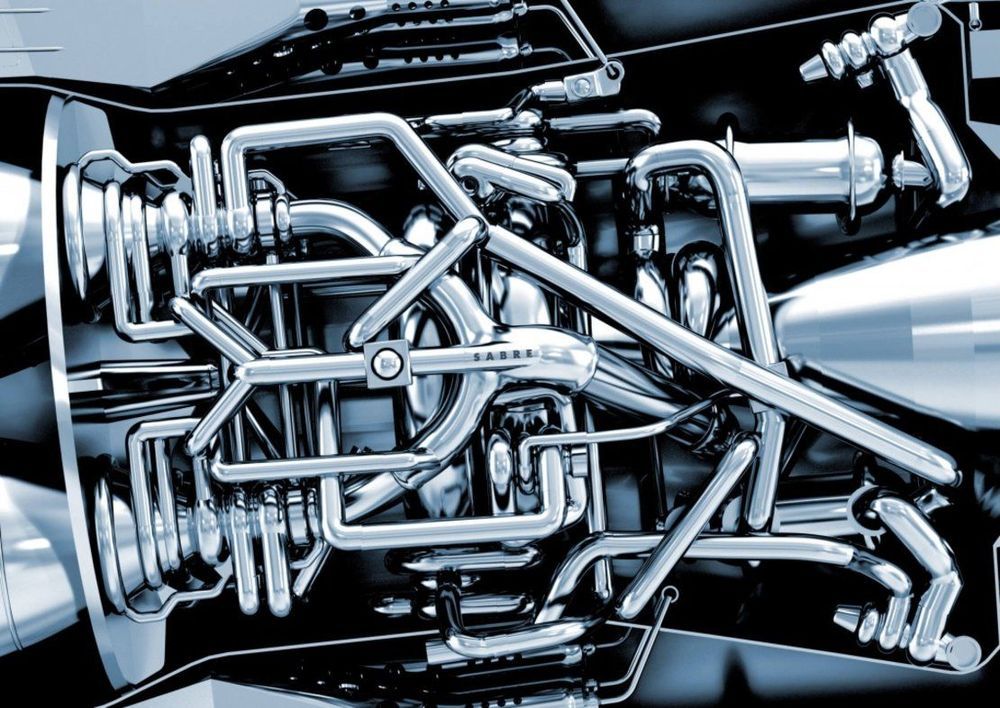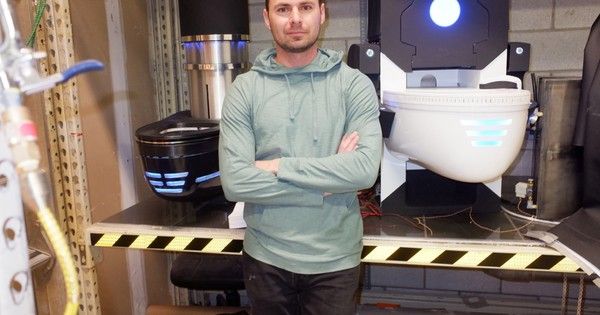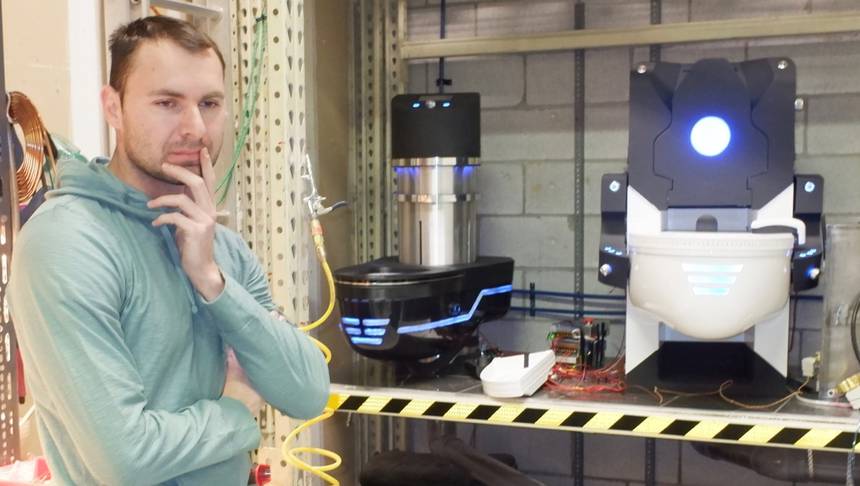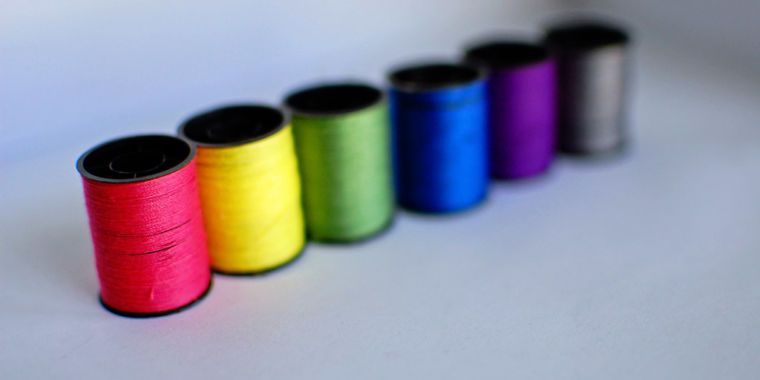There’s something about the meandering streak of lightning that implies random chaos. Yet bolts from the blue not only hit the same places with regularity, but successive discharges often reuse the exact same channel.
It’s never been entirely clear how the path laid down by one bolt sticks around for repeat performances, but new research has discovered lingering pockets of charge in the wake of a single lightning strike, which could provide a map for more to follow.
An international team of physicists collected an unprecedented level of detail on radio waves emitted by lightning to determine why the charged pockets of air setting out lightning’s path behave the way they do.



 Ivan pondering toilets / Lloyd Alter/
Ivan pondering toilets / Lloyd Alter/




